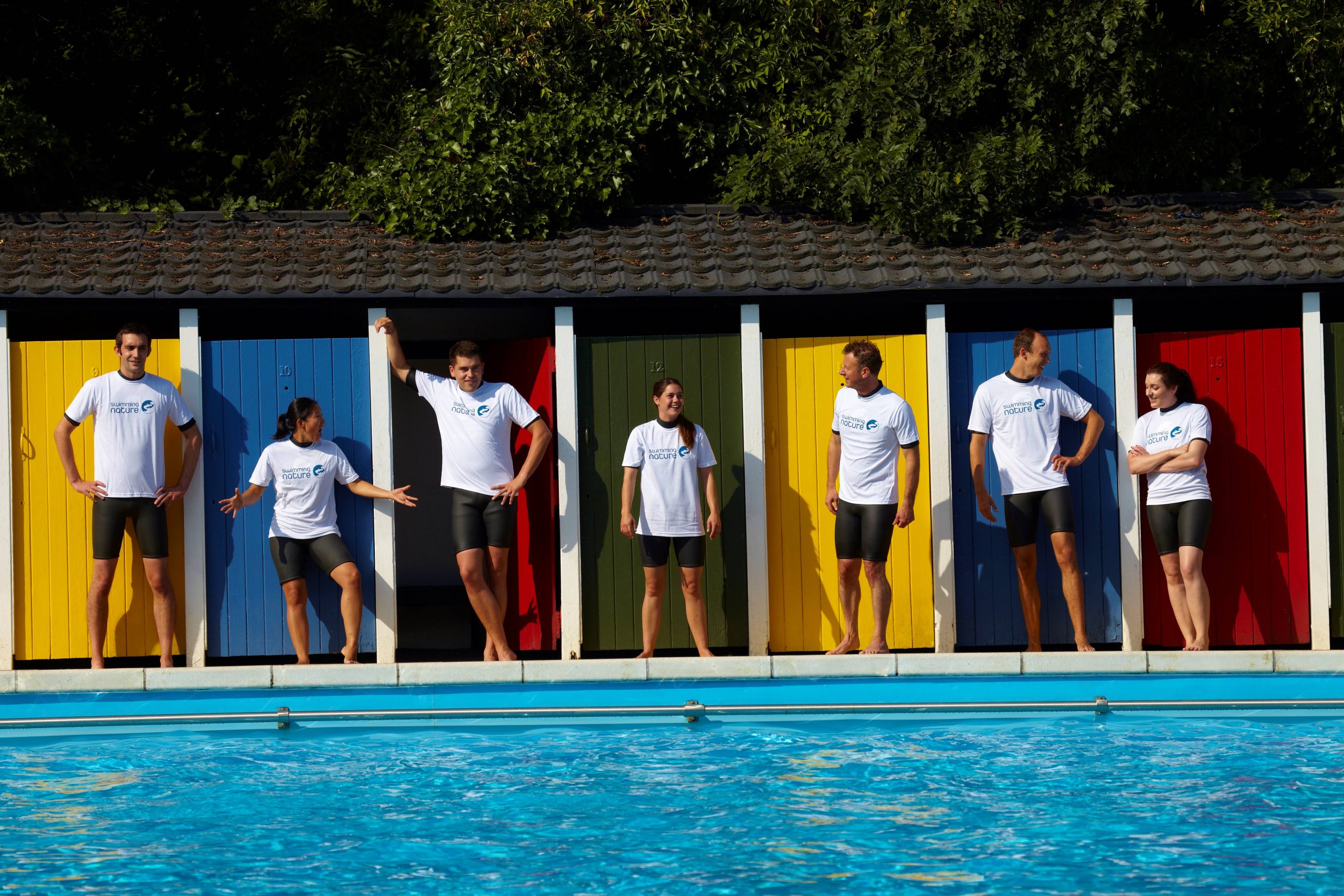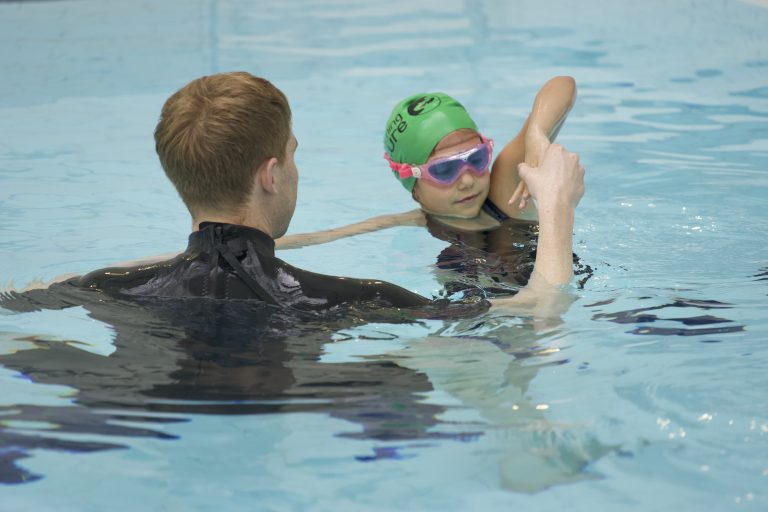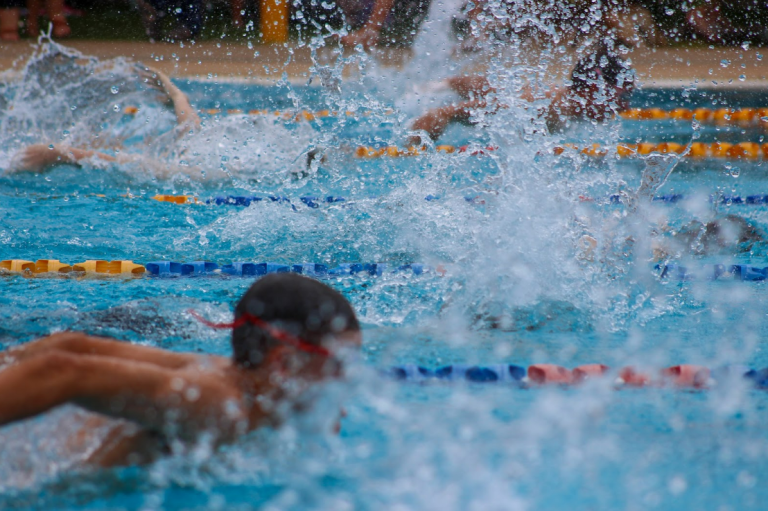A New Way of Learning
In the early 1990s, Eduardo Ferré knew he was on to something. Working as a private swimming instructor in the Notting Hill area, he was inundated with requests from parents to teach their children how to swim. People were flocking towards a new method of teaching that would eventually transform swimming personal training in the UK.
His groundbreaking ideas, which involved establishing firm water confidence before any swimming took place, were quickly gathering pace, allowing Eduardo to develop his methodology further. By setting a solid foundation, he found he could gradually integrate various actions and techniques before combining them all to create beautiful, effortless swimming.
It seems obvious now, but private swimming classes were scarce just over three decades ago, and nothing like what Eduardo was doing had been seen before. Britain had long been a nation where swimming was a popular pastime, but the ‘hurl you in the pool and hope you can just about swim’ technique of teaching young swimmers was still common and a scarring experience for many.
Swimming classes during this period were characterised by their size, sometimes with 20+ children in the pool and a teacher who remained out of the water calling out instructions. This worked for some, but for many, it didn’t.
Eduardo saw the need for a more personalised approach. Smaller classes, either 1:1 or 1:2, where students became completely comfortable in the water before adding individual elements that, over time, created excellent stroke technique.
The results were rapid, and quickly news began spreading throughout the area. Soon, Eduardo was spending 50 hours a week in the pool, and still, the demand kept rising. It was time to expand.
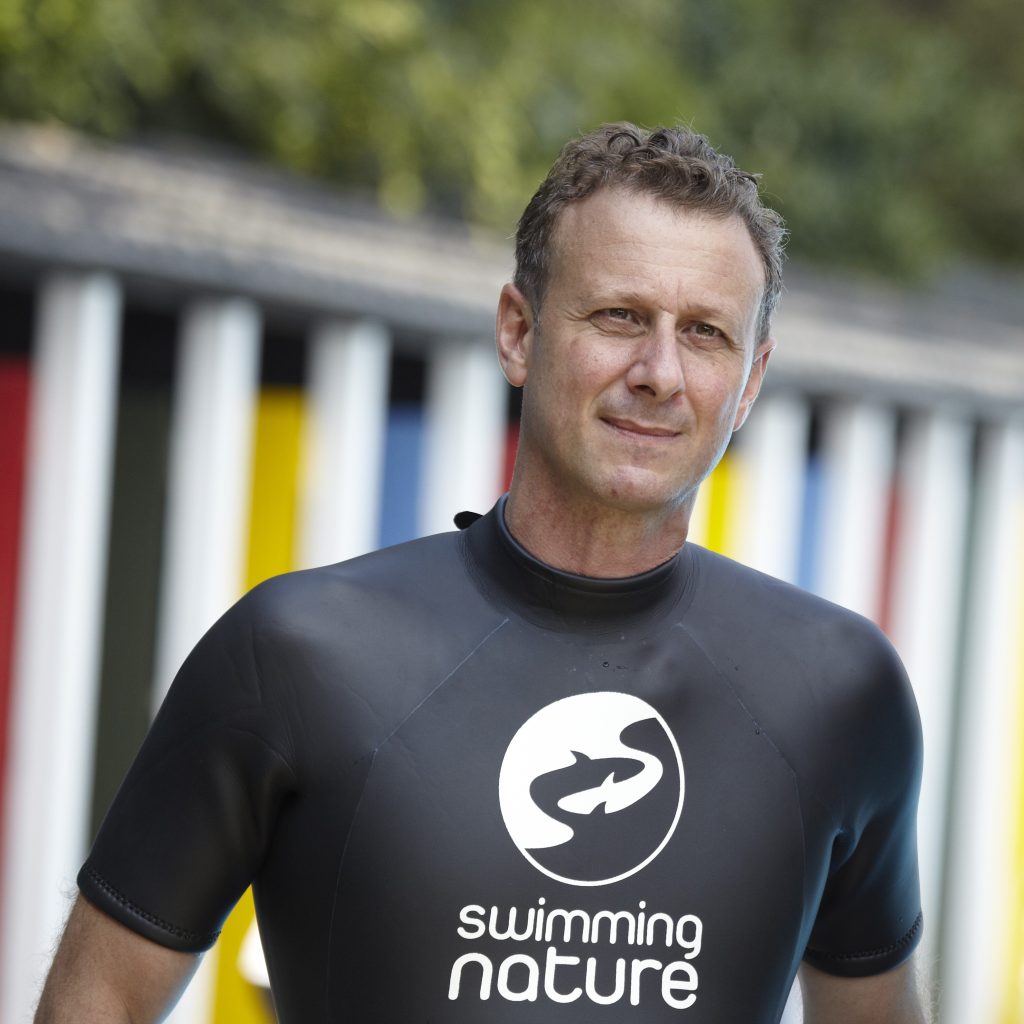
An idea is born
In 1993, Swimming Nature LTD was born. Eduardo hired his first three instructors, and they were all fully booked within a month. In 1994, the Swimming Nature program was brought to life through the concept of Speedy Ray and the water animals representing each stage of the seven-step process, taking children from Day 1 to confident swimming using various techniques.
Speedy Ray, the cartoon character from another planet who had landed on Earth intending to help humans learn to swim, proved an instant hit among the children. Speedy Ray and the seven animals established a storyline and accessible pathway within swimming lessons that kids couldn’t get enough of. With each completion rewarded with a badge, children could track their progress – a simple addition that made a huge difference.
Things really took off in 1995 when Swimming Nature won the Best Small Business award handed out by Time Out and the Federation of Small Businesses. The extra attention quickly led to an increase in business, and the company began developing its own software to handle bookings and payments, as well as focusing on tracking student development.
In 1999, after just six years in operation, Swimming Nature was teaching 1,500 children each week while also blazing a trail by developing and introducing a personal digital assistant (PDA) that teachers could use to compile student progress data. This eventually became the norm, but this was well ahead of the curve on the eve of the new millennium.
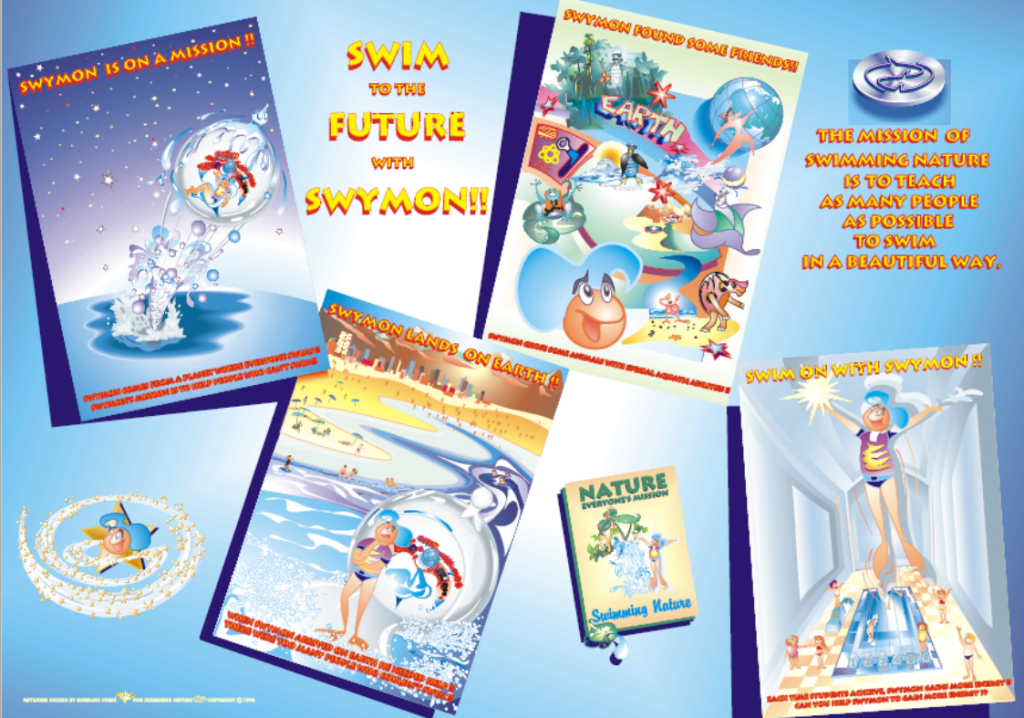
The Evolution
Swimming Nature began the 2000s in fine form, with student numbers hitting 2,300 in 2002. It also commissioned one of the earliest pieces of research into grassroots swimming tuition in conjunction with Edinburgh University that highlighted the scientific method of the Swimming Nature methodology.
In 2008, Swimming Nature reached 4,000 students every week while also being named One of the Best Free Swimming Programs in the country after delivering 300 intensive swimming courses in the City of Westminster during school holidays. One of Eduardo’s missions from the beginning was to ensure that every child in the country – regardless of background – was given a chance to learn how to swim—a vision he still holds dearly.
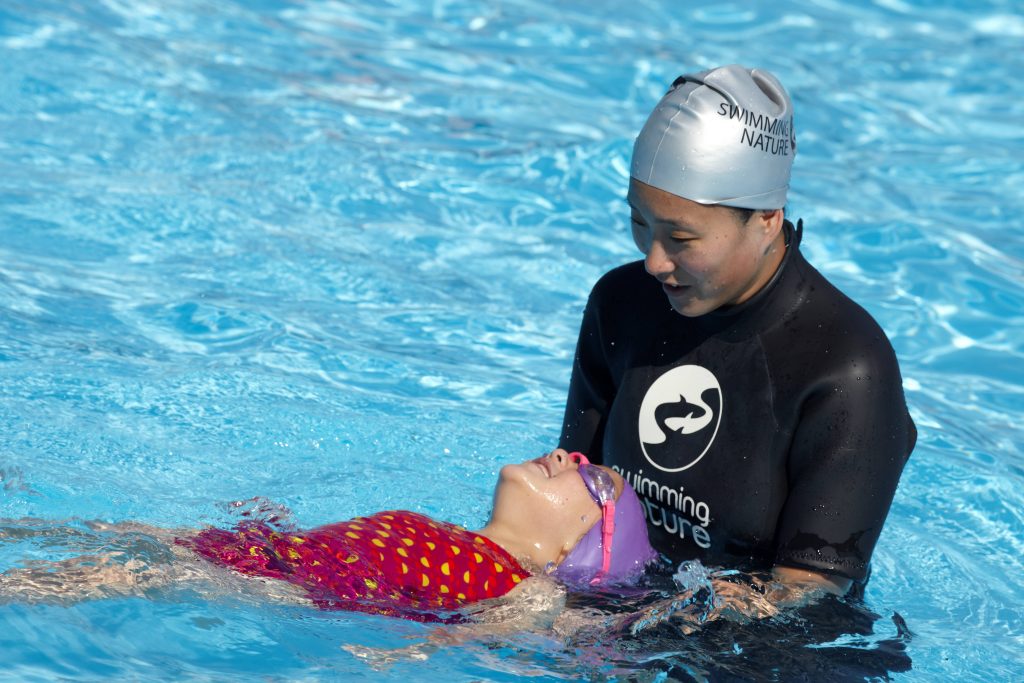
The Turning Point
The second half of the new millennium’s first decade hadn’t always been easy, but by 2012, the company was storming back. That year, Swimming Nature announced a partnership with Marriott Hotels and became a UKActive Strategic Partners member.
Two years later, Swimming Nature won UKActive Innovative’s Concept of the Year thanks to its digital lesson plan concept, where algorithms could help teachers set lesson plans depending on how the student had performed in the previous class. While this type of technology has become mainstream across all manner of sports and exercise routines, Swimming Nature pioneered it as early as 2004 when it partnered with Lava Consulting to produce software in real-time and established its sister company, Sporting Technology. The following year, Swimming Nature launched FLOW, its all-in-one student tracking and development software still used today.

The Olympian
In 2014, Swimming Nature proudly announced it would partner with Fitness First and bring onboard former British Olympic and six-time World Champion swimmer Mark Foster as a brand ambassador.
By the summer of 2015, after a significant expansion period that saw Swimming Nature open 28 new venues, student figures were close to 5,000 per week. The company sought to develop even further by introducing its instructor licensing scheme, where instructors worked as self-employed licensees rather than employees, with a revenue share instead of a fixed salary. This gave instructors significantly more freedom over how much they taught. It also encouraged
instructors to grow their businesses and give them more autonomy – something Swimming Nature believes is absolutely vital
In 2017, Swimming Nature acquired its first venue, the Maqam Centre in Queen’s Park, after the previous owners encountered financial difficulties. Today, it operates three swimming pools and has pledged to help further centres experiencing challenges if and when possible. As the end of the decade neared, Swimming Nature was going from strength to strength, but a storm was brewing that would redefine what we think of as normal.
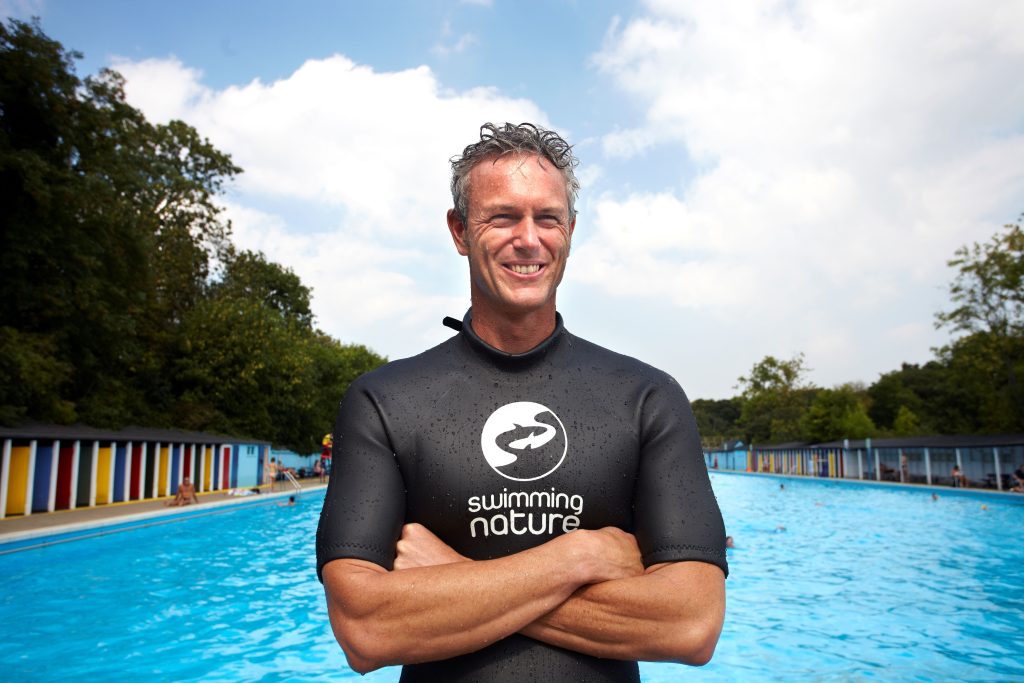
The Storm Arrives
It’s safe to say nobody expected 2020 to play out like it did. The Covid-19 pandemic and the lockdowns that came with it battered the leisure industry – causing it to lose an estimated £90 million per week.
While many swimming pools and leisure centres closed or required significant government support to stay afloat, Swimming Nature was able to batten down the hatches and ride out the worst of it. Since then, the company has quickly reestablished operations and today teaches more than 5,000 students weekly.
However, there is still a dark cloud. While Swimming Nature continues to go from strength to strength, the swimming industry as a whole is struggling. Since 2010, over 400 swimming pools have closed across Britain, and according to predictions in Swim England’s 2021 report, by 2029, we may have almost half of the number of swimming pools we had at the country’s peak in 2009.
A combination of Covid repercussions, the cost of living crisis, and dropping swimming numbers means the swimming and leisure industry is suffering. Swimming pools can no longer pay their bills, and many need help to get more people through the door.
There are no easy answers to these problems, but Swimming Nature is determined to be part of the solution. With thirty years of experience, an established history of innovation that has helped transform the industry, and a scientifically backed method for producing confident, effortless swimming, it is a company that knows how to do things right.
The swimming industry isn’t necessarily in terminal decline like the media would have you believe. Still, it will require new thinking to pull it to its feet and restore swimming to its rightful place as one of Britain’s most treasured pastimes.


 LOG IN
LOG IN
 CONTACT US
CONTACT US
